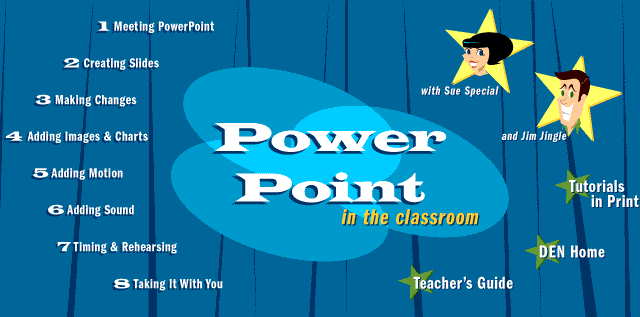
The difference between constructivism and
constructionism is when students construct their own meaning of things (Laureate
education, n.d.). Constructionism takes place through helping students produce
constructions that can be shared with others (Laureate Education, n.d.). This
process provides the students with the opportunity to explore and create in
order to understand. Project-based learning, problem-based learning, and
inquiry-based learning all three closely relate to the information processing
approach while focusing on learning experiences where students can help solve a
problem or address an issue.

They fit well with technology-rich
learning environments where the focus is not on the hardware and software, but
on the learning experience. In each case, technology is used to facilitate
learning. It may be a tool to organize ideas (such as Inspiration), search for
current information (such as an online news source), or present ideas (such as
PowerPoint presentations). Dr. Orey describes this method as an easy tool for
students to build or create something to demonstrate their knowledge (Laureate
Education, n.d.). According to Dr. Orey PowerPoints with images can help
students build schema and can connect with real-world experiences, (Laureate
Education, n.d.). Another tool teachers can utilize to make project-based,
problem-based, or inquiry-based approaches more seamless is a WebQuest.
They are online inquiry-based tasks that allow students to study evidence about
an issue or topic and make a decision based on the information they collect
(Orey, 2001).
By using this constructionist-technology
tool teachers can set expectations for a project using a rubric. When
students are given the opportunity to choose a topic to research, create
questions about their topic to guide their research, and present the
information they are more engaged in their work. When technology integration is
at its best, a child or a teacher doesn't stop to think that he or she is using
a technology tool it is second nature. And students are often more actively
engaged in projects when technology tools are a seamless part of the learning
process.
Generating and testing a hypotheses can be
done in every subject and works with the constructionism strategy through
creating projects that utilize a topic that is meaningful. Generating and
testing their predictions is a great learning tool. When a student generate and
tests a hypotheses they are engaging in problem solving. This process will
provide the students with a clearer understanding of the lesson.
References:
Laureate
Education (Producer). (n.d.). Constructionist and constructivist
learning theories [Video file]. Retrieved from https://class.waldenu.edu
Orey,
M. (Ed.). (2001). Emerging perspectives on learning, teaching, and technology.
Retrieved fromhttp://projects.coe.uga.edu/epltt/index.php?title=Main_Page
Pitler,
H., Hubbell, E. R., & Kuhn, M. (2012). Using technology with
classroom instruction that works (2nd ed.). Alexandria,
VA: ASCD.







